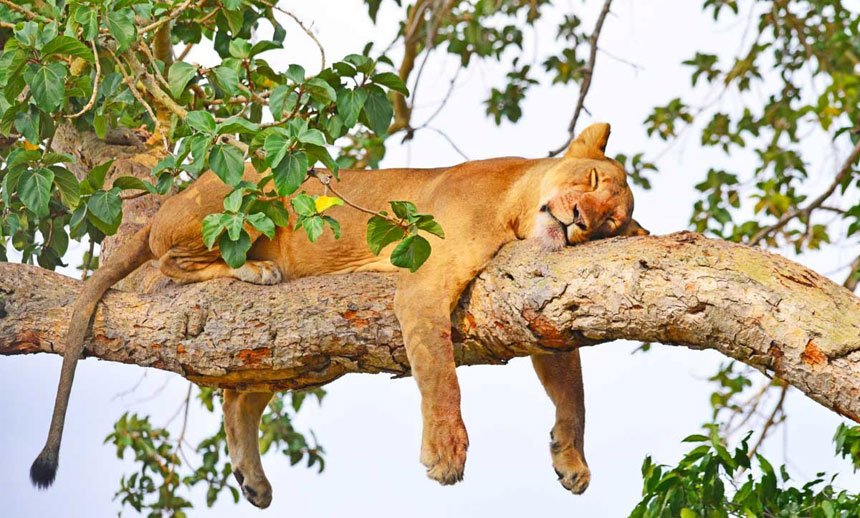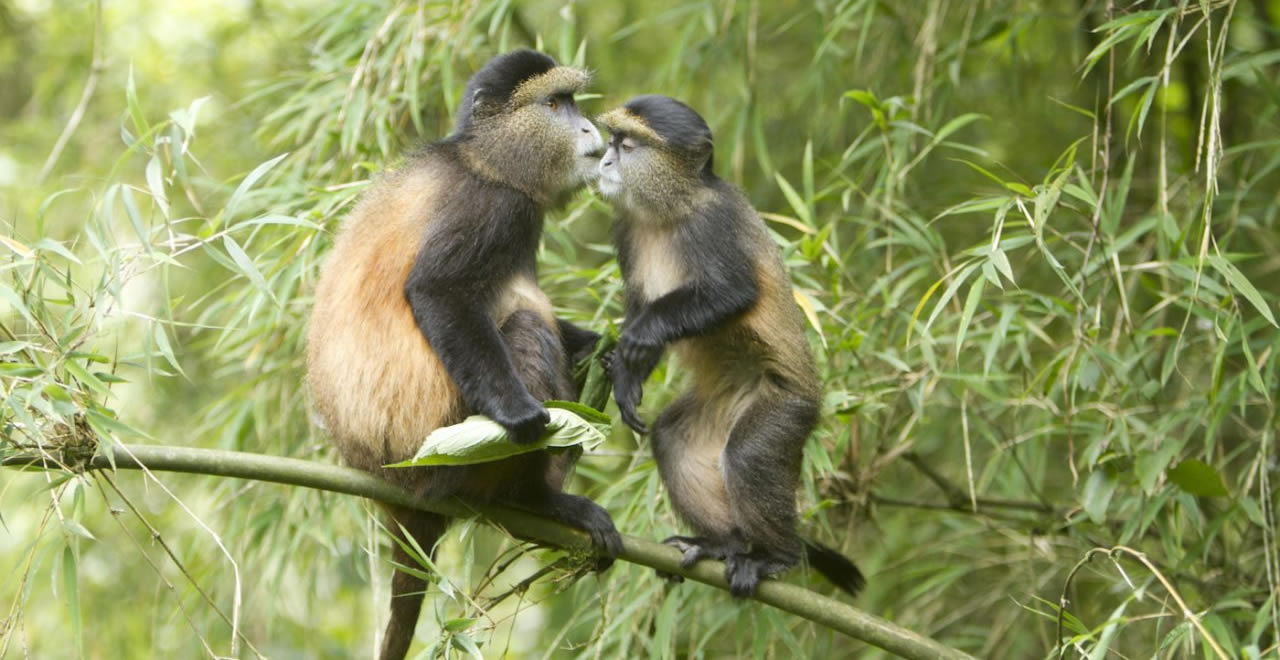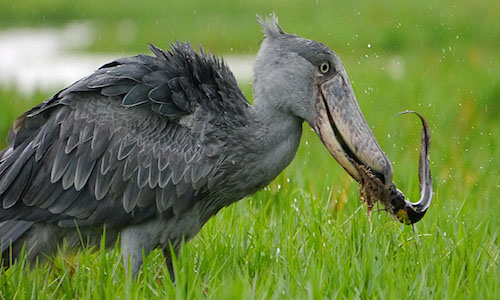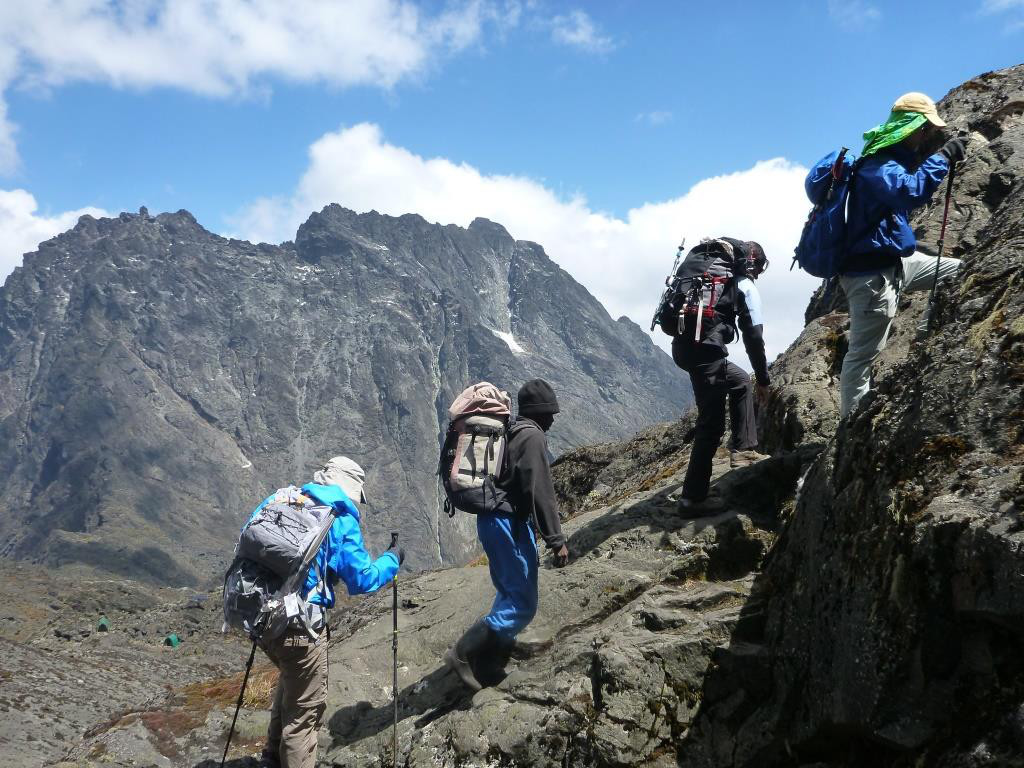Lake Manyara national park is 115 sq.km (2-hour drive) south east of Arusha town via Makuyuni – Ngorongoro road. Arusha, the gateway to the northern circuit of tourism in Tanzania is 46km away from Kilimanjaro international airport. The park can also be reached by scheduled flights through Manyara airstrip. The northern circuit includes Ngorongoro crater, Serengeti, Tarangire, Mount Kilimanjaro, Mkomazi, and Arusha national parks which can be visited along with Lake Manyara as part of the itinerary.
Lake Manyara is worth visiting for those intending to explore the East African rift valley landscape and a plethora of wildlife including tree climbing lions, elephants, giraffes, zebras, wildebeests, buffaloes, and over 390 species of birds including lesser flamingos. The protected area was established in 1960, designated a UNESCO Man and Biosphere Reserve in 1978 and an Important Bird Area (IBA) in 2009. According to UNESCO, a Biosphere reserve is a ‘Learning Place for Sustainable Development’ and the status has helped to position Lake Manyara for responsible tourism. The Manyara Ranch Conservancy is one of the projects that contributes to conservation of the natural and cultural heritage of the adjacent local communities including the Maasai.
Vegetation in Lake Manyara national park
Spanning for 648 sq.km on the western edge of the Great East African rift valley south of Ngorongoro highlands, the protected area encompasses diverse habitats and unique physical features. These include the saline Lake Manyara, hot springs, escarpments, open Acacia–Commiphora woodland, swamps, and dense groundwater forests. The park is bordered to the south along the escarpment by Marang forest reserve and Kwa Kuchinja wildlife corridor which connects Lake Manyara with Tarangire national park among the protected areas along the East African rift system including Lake Natron Game Conservation Area, Maasai Steppe, Engaruka basin, and Mount Kilimanjaro.
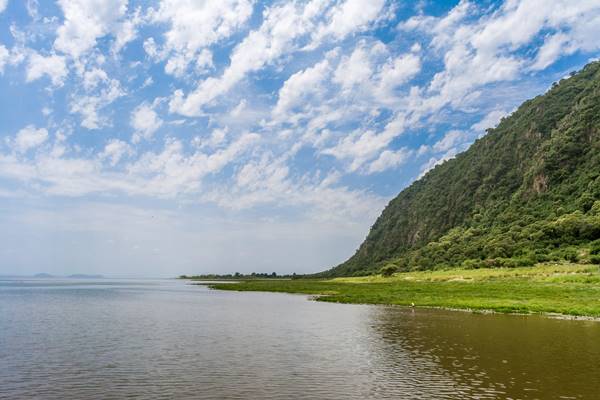
Elephants among other mammals are able to move more freely to find food, shelter, and habitat for breeding. As such, Lake Manyara often gets a high number of mammal species which move through the wildlife corridor. The migratory species are likely to stay in the park much longer due to the abundance of water and greener pastures. The Lake Manyara with a surface area of 220-hectares stretches 40 km long and 13 km wide from northeast to southeast along the eastern part of the park. The lake’s western shores are bounded by a 900-meters high rift valley escarpment where visitors can view the scenery.
The lake’s waters are highly saline and shallow with an average depth of 2.8 feet and 3.7 meters at maximum. According to BirdLife International, salinity of Lake Manyara promotes growth of green algae which attracts two flamingo species which include the greater and the lesser flamingos that gather in thousands of flocks on the shores during the short rains of November and April. The lake has no outlet but is fed by underground springs and several rivers including Simba river which originates from the Ngorongoro highlands to the north west. During the dry season of June to October, the falling water levels reveal the layers of salt pans which provide habitat for palearctic migrants including Red-throated pipit (Anthus cervinus). The springs as they flow over the rift escarpment create some freshwater swamps, waterfalls, and also support dense groundwater forests.
The Marang forest reserve which lies partly within the park to the south west is characterized by evergreen montane vegetation which consists of tree species such as black ironwood (Olea capensis), peacock flower tree (Albizia gummifera), broad-leaved croton (Croton macrostachyus), Clausena anisata, Natal Mahogany (Trichilia roka), and Sudan teak (C. africana), yellow wood tree (Podocarpus latifolius), and parasol leaf tree (Macaranga sp). The ground forests provide habitat for a variety of wildlife including elephants, blue monkeys, baboons, pink-backed pelicans (Pelecanus rufescens), yellow-billed stork (mycteria ibis), and gray heron (ardea cinerea). A canopy walkway was created in the forest to view wildlife.
To the south, the forest transitions into open Acacia–Commiphora woodland savanna where tree climbing lions are found. The vegetation is characterized by species of acacia trees and shrubs including umbrella thorn (Vachellia tortilis), yellow fever tree (Vachellia xanthoploea). The vegetation on the drier rocky escarpment consists of baobab trees and the pencil cactus (Euphorbia tirucalli) which is known as ‘Emanyara’ in the local Maa language from which the park derives its name. The Maasai use it for natural fencing of their homes.
Fauna
Due to diverse habitats, the Lake Manyara ecosystem contains rich biodiversity including the rare Tree Climbing lions of East Africa. There are over 4,000 elephants which inhabit the larger Manyara-Tarangire ecosystem, making for the best places to see elephants in Tanzania. Other mammal species include buffaloes, Maasai giraffes, plains zebras, hippos, leopards, hyenas, wildebeests, klipspringers, bushbucks, impalas, dik-diks, and warthogs. Primate species such as baboons and blue monkeys are found in the park as well as nocturnal civets, galagos, mongoose.
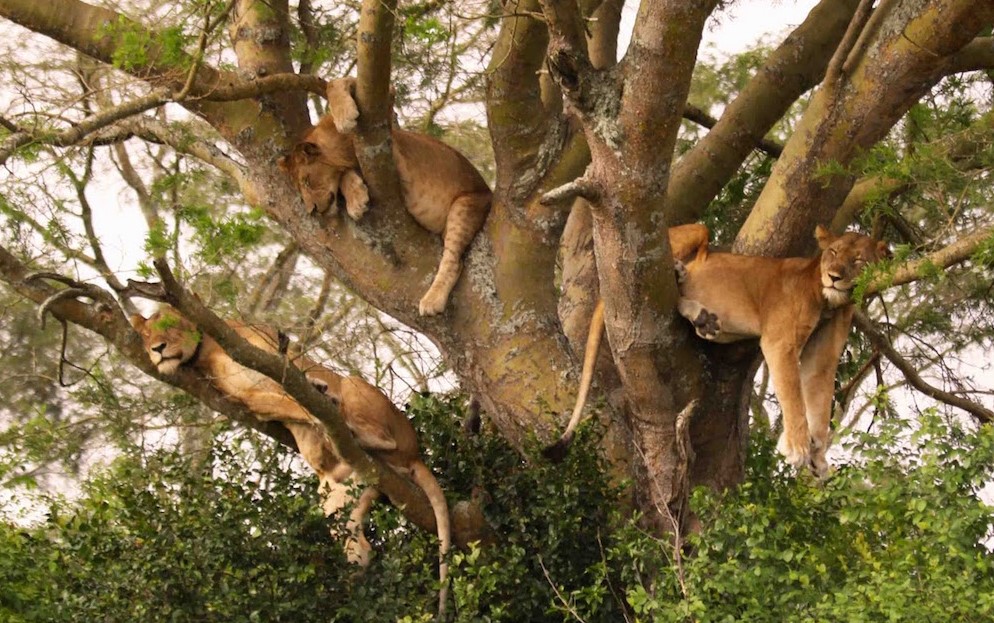
Tree-climbing lions
Birds
The park is home to over 390 species of birds including the black heron, little green bee-eater, gray crowned crane, saddle-billed stork, Adbim’s stork, southern ground hornbill. The Lake Manyara alone attracts thousands of greater and lesser flamingos among other water species such as African jacana, spur-winged goose, comb duck, hammerkop, little stint, and Hottentot teal. Areas that extend beyond the lakeshores attract palearctic migrants such as the red-throated pipit (Anthus cervinus) and the spotted crake (Porzana porzana).
There are over 50 species of birds of prey recorded including the martial eagle, pallid harrier (Circus macrourus), crowned eagle, lesser kestrel (falco naumanni), African hawk eagle, African fish eagle, and the taita falcon (Falco fasciinucha). The Marang groundwater forests act as breeding grounds for gray herons (Ardea cinerea), pink-backed pelicans (Pelecanus rufescens), and the marabou stork (Leptoptilos crumeniferus). The freshwater swamps are home to malagasy pond heron (Ardeola idae) and the rufous-tailed weaver, (Histurgops ruficauda).
What to do and see
Lake Manyara national park offers a wide range of unique activities including canoeing, night game drives, and mountain biking. There are several picnic sites and lookout points to enjoy the scenery. Nature trails and boardwalks allow access to the Maji Moto hot springs, waterfalls, and the fragile ecosystems along the lakeshores. Those intending to explore the adjacent local communities can visit the Maasai villages, schools, and the Manyara Ranch to participate in their conservation and research activities.
Night game drives
Guided night game drives in Lake Manyara national park offer an opportunity to search for nocturnal animals. Predators like lions, spotted hyenas, leopards tend to be active at night hunting for prey. Besides the big cats, there are also other nocturnal creatures such as galagos, civets, genets, owls, procupines, and hippos. Those intending to to do night game drives need to seek permision from the park rangers and guides. They are aware of the game tracks to follow and may have information about the areas where predators were stalking the herbivores during the day. The idea to stay inside or close to the park border to ensure easy access to the tracks.
Picnic sites
There are several picnic sites such as Bagayo, Endala, and Msasa, which are ideal places to relax especially after day game drives for bushmills and sundowners.
Canoeing
Canoeing is done on Lake Manyara when the water levels are high during the sparse rains from November to December and the heavier rains from February to May.
Canopy walk
Treetop walkway in the Marang forest reserve offers an opportunity to spot blue monkeys, baboons, and forest species of birds.
Abseiling
Abseiling is done over the escarpment on the western shores of Lake Manyara
Mountain biking
The park offers guided mountain biking tours in and outside the park on dirt roads.
Walking safari
Guided walking safaris are available to the Maji Moto hot springs, Hippo Pool lookout, and along the lakeshores.
When to visit Lake Manyara national park
The best time to visit Lake Manyara national park is during the dry season from June to September. The temperature can reach up to 24°C/75°F during the day. The Lake Manyara water levels tend to fluctuate leaving only some pools of water. As such, large mammals tend to congregate around water sources making for yielding game drives. Those intending to see flamingos and palearctic migrant bird species should visit during the wet season. Short rains occur in October, and November and December and long rains in March, April to May. water levels will increase providing opportunities for canoeing on the lake.
Accommodation
Lake Manyara offers a wide range of accommodations which include public campsites as well as lodges and camps for both budget, midrange and luxury travelers.
Lake Manyara Serena Safari Lodge
Lake Manyara Serena Safari Lodge is situated on the edge of the Mto Wa Mbu escarpment with incredible views of the lake. The lodge offers accommodation in double-storey standard rooms which resemble huts of indigenous southern Africans usually made of mud and having a thatched roof of grass. Each has its own veranda and a wide range of amenities which include one king or two twin beds for a double room or triple rooms available upon request, en-suite bathrooms, bath robes and slippers, free Wi-Fi, coffee/tea making machine, hair dryer, work desk, chair and safe.
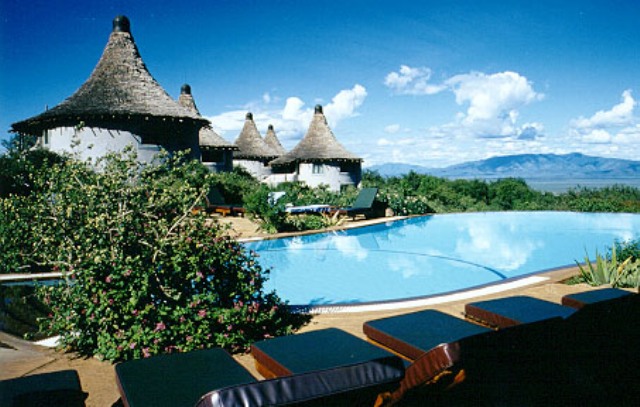
Lake Manyara Serena Hotel
Lake Manyara Serena Safari Lodge also offers Losimingoli suite as an upgrade for those intending to enjoy exclusive services. The suite features a mini bar with premium drinks, pillow-top king beds, and flat-screen TV. Other facilities at Lake Manyara Serena Safari Lodge include a central dining room, bar and lounge with Wi-Fi and satellite TV, swimming pool with deck and poolside bar, tented conference room, wedding planning and honeymoon venue, gift shop, and business center. The lodge has a unique dining experience with both in-restaurant and outdoor dining for sundowners and bush breakfast experience. Visitors can take part in some sports such as cycling and cultural dance and music performance.
Lake Manyara Tree Lodge
The eco-friendly lodge is managed by the &Beyond, an award-winning, luxury experiential travel company that tailor-makes exclusive safaris and tours in Africa, Asia and South America. The lodge is situated in the south close to the Marang forest reserve, along a path of elephants. There are 10 lofty treehouse suites raised 10 feet above the ground, each with a mini gym, en-suite bathrooms, and a balcony. They offer an interactive kitchen for guests to participate or witness how their food is prepared. The lodge is very artistic featuring Maasai fabrics and beautiful woodworks around the dining lounge, in the rooms and swimming pool.
The Manyara Ranch tented Camp
The tented camp located in the Manyara Ranch Conservancy along the wildlife corridor offers accommodation in six luxury canvas tents. Each tent has en-suit bathrooms, flush toilets with hot and cold showers. There’s a tented dining area with alfresco dining and lounge. The camp is powered by a generator with 230 volts for charging electronic gadgets. Visitors at the camp can enjoy a wide range of activities such as horseback riding, village walks, and night game drives. The Manyara Ranch Conservancy spans 35,000 acres which form part of the Kwa Kuchinja wildlife corridor. There are dams and water pools that were built to provide water for wildlife that move through the ecosystem such as elephants, lions, buffaloes, wildebeests, zebras, and giraffes.
Public campsites
Public campsites in Lake Manyara national park include Endabash in the south and Bagayo close to the main entrance gate in the north. Endabash has campsite A on the riverside and campsite B on the lakeside. The campsites offer basic toilet, cold water, so visitors need to come with their own gear such as tents and food. Tents should be put on the roof of the vehicle given that there are wild animals wandering around in the night.


